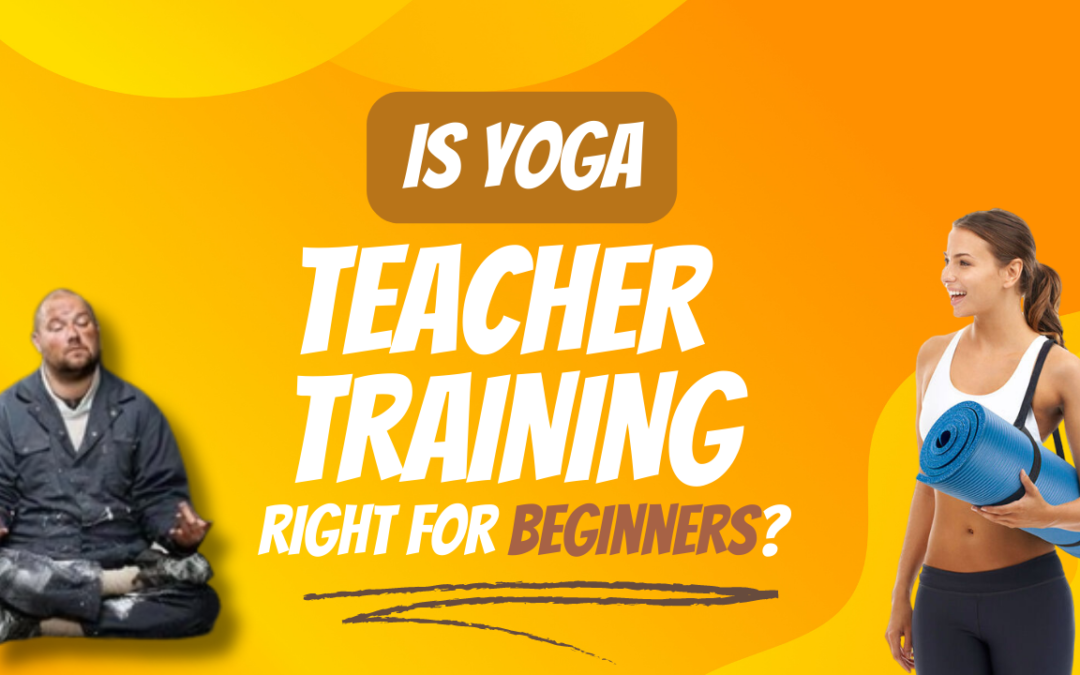
by admin | Oct 2, 2025 | yoga teacher training course
Do you dream of enriching your yoga experience by spending time in the calmness of an amazing place? Consider having the chance of being in such an inspiring atmosphere, being in nature, and going through your course to become a certified yoga teacher. Once you are...

by admin | Jun 30, 2025 | hatha yoga, yoga teacher training course
Do you feel like it is time to take a trip which might alter the path of your life? Set on the edges of the powerful Himalayas, Rishikesh is not only the Yoga Capital of the World, but also a pilgrimage of seekers, dreamers and those who wish to change. When that ever...

by admin | May 3, 2025 | yoga teacher training course
Welcome to a journey of transformation, tranquility, and the profound wisdom of yoga! In a world that often feels chaotic and fast-paced, finding your center can be as simple as unrolling your mat. When selecting a change-making destination what choices are available...

by admin | Sep 17, 2023 | Blog, yoga teacher training course
Ashtanga Vinyasa yoga is a dynamic and physically demanding practice that offers numerous benefits for both the body and the mind. While many practitioners are familiar with the challenging asanas (postures) and the importance of breath control, there is an...

by admin | Sep 17, 2023 | Blog, hatha yoga, yoga teacher training course, Yoga Tips
Migraines can be incredibly debilitating, causing intense headaches, nausea, and sensory sensitivity. While medication is often a go-to solution, many people seek alternative methods to alleviate their migraine symptoms. Yoga, with its holistic approach to health and...

by admin | Aug 21, 2023 | yoga teacher training course
Yoga Teacher Training: A Journey for Everyone Are you new to the world of yoga and wondering if you’re ready for a Yoga Teacher Training course? It’s natural to have questions, and we’re here to provide you with some valuable insights to help you...







